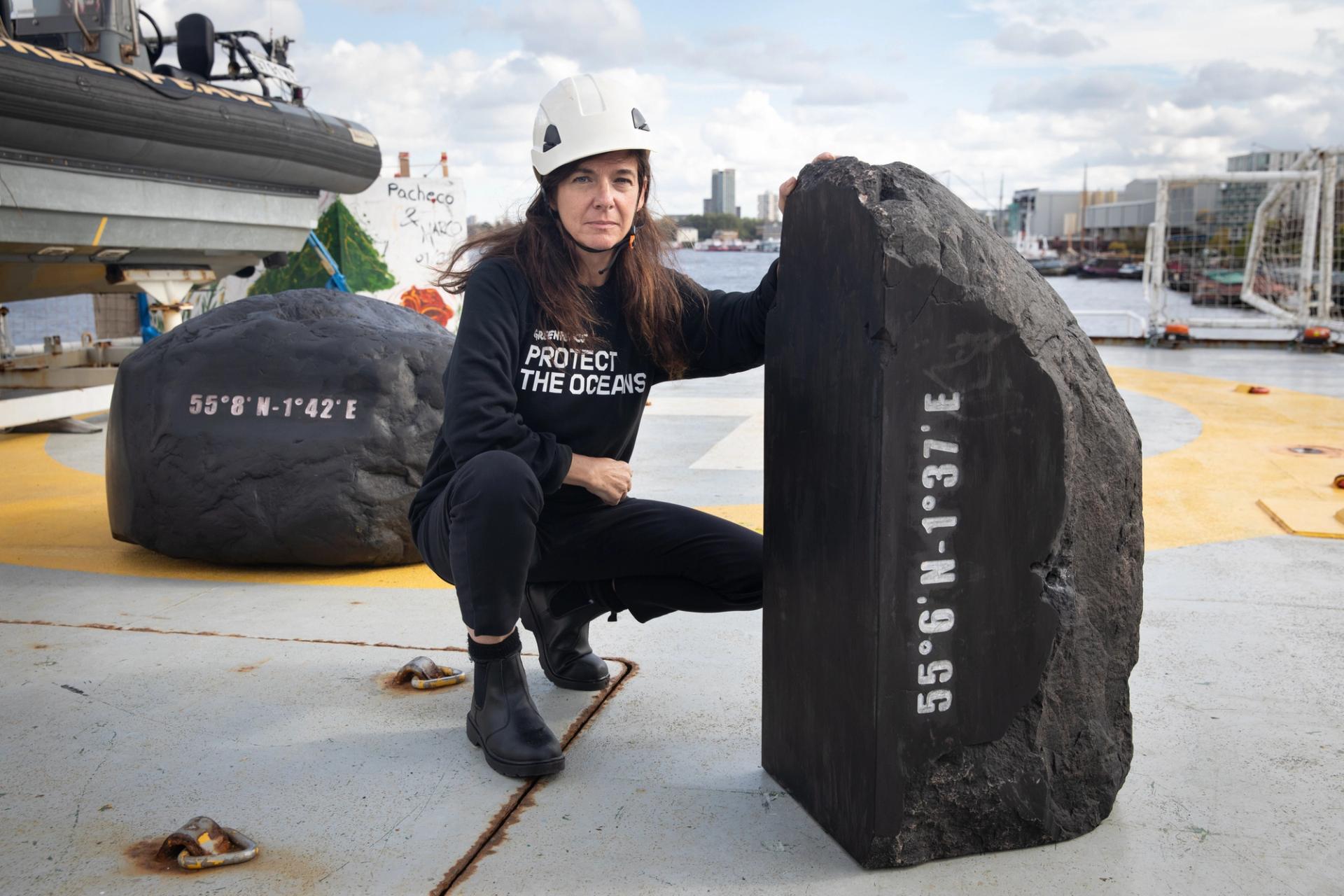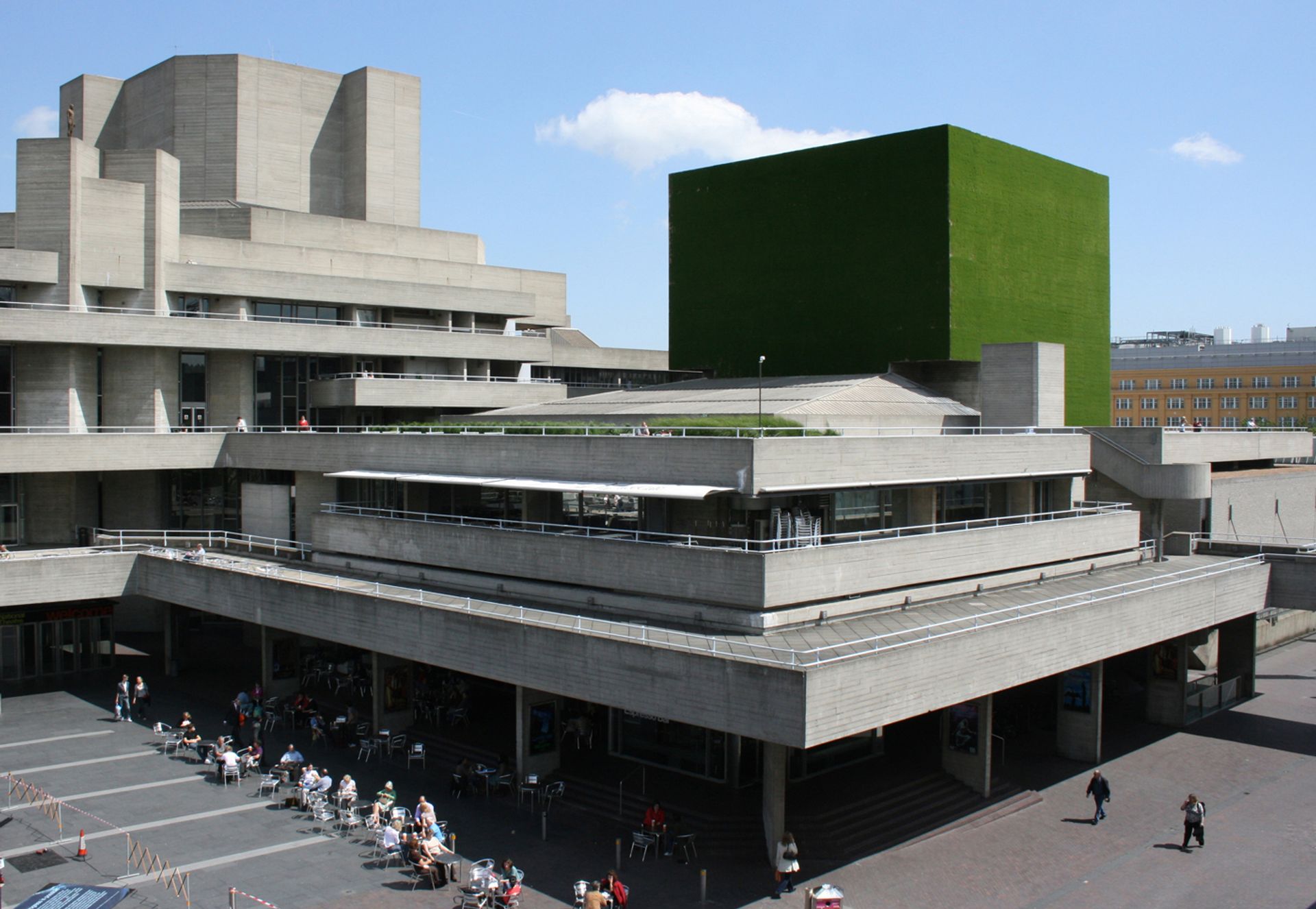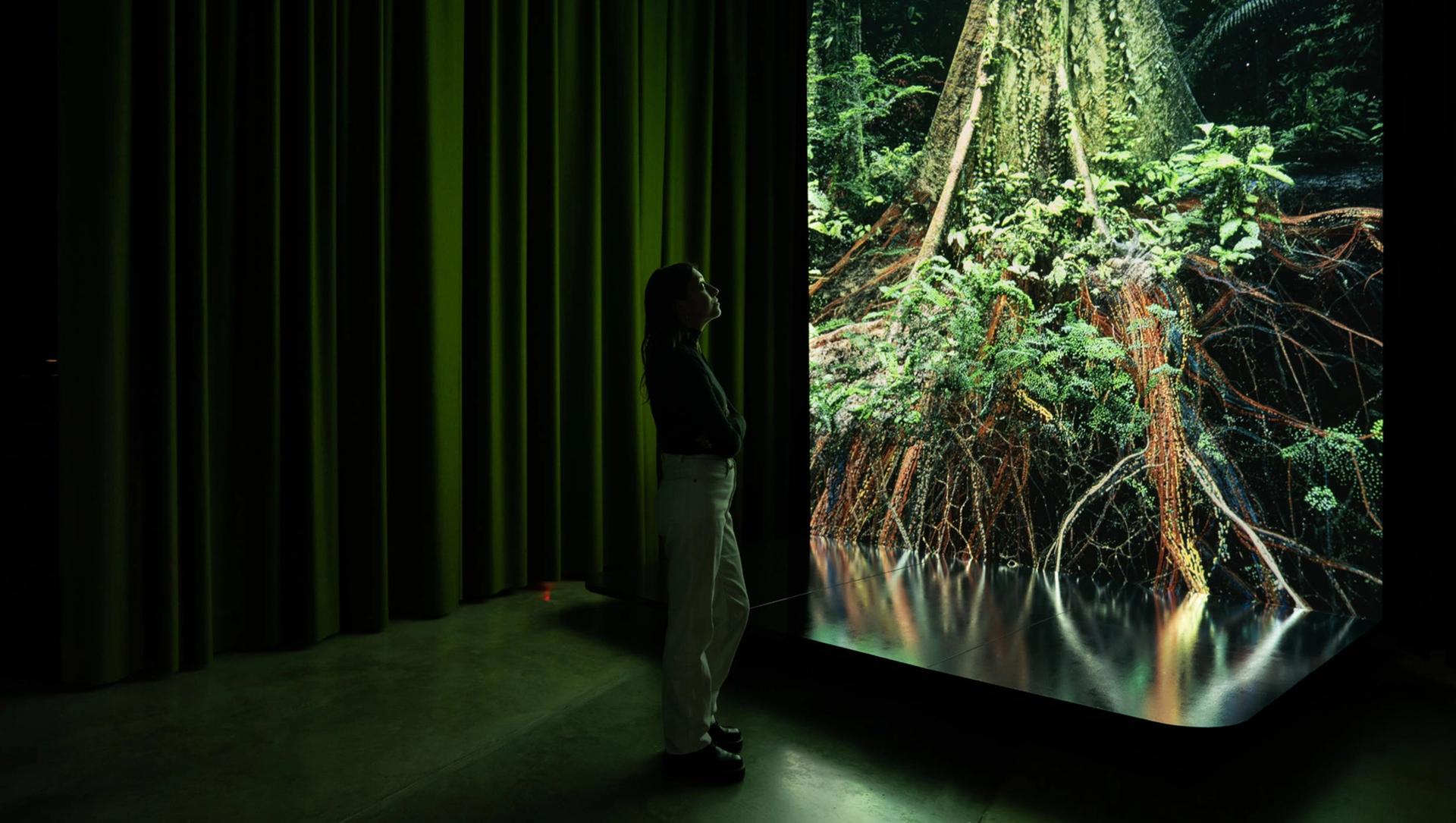Building with rubbish and fighting fish farms: How artists are leading the charge to combat the climate crisis
In matters environmental, artists have long been the driving force to reforming the sector


In this monthly column, Louisa Buck looks at how the art world is responding to the environmental and climate crisis.
Despite being the raison d’être of the art world, it is surprising how often artists get sidelined in conversations about its activities. But not so in this column. In matters environmental, artists have long been front-and-centre in getting the rest of the sector to take notice and follow in their wake. Artists’ actions come in multifarious forms: whether creative or practical, direct or indirect, public or private. But in whatever incarnation, artist-led environmental initiatives are already having a wide impact across the art world and beyond.
The environmental consequences of the food we eat is the preoccupation of Turner Prize nominated artist duo Daniel Fernández Pascual & Alon Schwabe, aka Cooking Sections. Their long term body of work Climavore explores how our diet can address and respond to the climate emergency and the agency of food in responding to human-induced climatic events. A practical outcome of Cooking Sections’ multimedia installation Salmon: A Red Herring at Tate Britain in 2020 has been the long-term removal of farmed salmon from food outlets at all four Tate sites and a collaboration with Tate chefs to create alternative dishes using ingredients that promote regenerative aquaculture.
Dan Harvey and Heather Ackroyd have been combining art and environmental activism over more than three decades. Their strikingly dramatic works have ranged from covering the entire surface of the National Theatre’s landmark Lyttelton flytower with living seedling grass in 2007 to last year’s marking of the centenary of the artist and Green Party co-founder Joseph Beuys by installing 100 oak saplings outside Tate Modern. These had been grown by Ackroyd & Harvey from acorns harvested from some of the 7,000 oak trees that Beuys had planted throughout the German city of Kassel in the mid 1980s.

Ackroyd and Harvey’s FlyTower at the National Theatre, London, 2007. Courtesy of Ackroyd and Harvey
Two of Ackroyd & Harvey’s photosynthesis works portraying the First Nation Australians Uncle Charles ‘Chicka’ Madden and his granddaughter Lille Madden in five-m-high panels of living grass are currently on show at the 2022 Sydney Biennale.
Fiona Banner’s giant granite full stop sculptures may not be overtly environmental in content, but in November 2020 they were repurposed as agents for direct action when, in collaboration with Greenpeace, Banner deposited the 1.5tn Klang Full Stop on the steps of the UK Government’s Department for Environment, Food and Rural Affairs (Defra) to protest against illegal industrial fishing in marine waters.
On the same day, two more of her giant stone full stops were loaded onto a Greenpeace boat at Tower Bridge. They were then shipped up to Dogger Bank in the North Sea and dropped into the water. Here, the sculptures added to a protective boulder barrier installed by Greenpeace to obstruct the bottom trawling fishing boats that were destroying the delicate ocean bed.
“I wanted to deploy my sculptures as agents for change because the rhetoric that was coming from our government was duplicitous,” Banner said. After unsuccessfully attempting to take legal action against Banner and Greenpeace for their actions, in April this year, the UK government agreed to make a full and legally binding commitment to protect Dogger Bank from bottom trawling, assisted in no small part by the high profile Banner’s artistic intervention gave to the campaign.
Many other artists have been taking practical steps towards sustainability. In 2019, when Gary Hume was having a show in New York, he asked his gallery to ship his paintings from London by sea rather than fly them by air and commissioned a carbon report on the environmental impact of the journey. This revealed that shipping the works as sea freight rather than by air reduced their carbon impact by 96%. Now Hume stipulates that all his work is shipped by boat and adjusts his schedules accordingly.
Tino Seghal and Gavin Turk are also passionate opponents of unnecessary air travel. The last flight Gavin Turk took was in 2018 and he’s building ideas of waste and recycling into all his most recent works, which use various studio offcuts and found rubbish. “I’m trying as much as I can to view all the things that I’m doing within the context of the environment,” he says, adding that “I know that high level governmental systemic change is needed, but it’s also difficult to say that, if you’re not doing it yourself.” Others, such as Rana Begum, try to avoid too much transportation of works by fabricating on site wherever possible.
This groundswell of environmental concern among artists is also manifesting itself in a slew of green-themed exhibitions and environmentally conscious works being unveiled this summer. Alicja Biala’s public sculpture Merseyside Totemy, installed next month on Liverpool’s dockside as part of the Liverpool Biennial, addresses the potential effect of climate change on the region. Each of these three monumental 4.5m totem sculptures built of recyclable materials relate to three local areas that are threatened by rising sea levels. Each ‘totem’ acts as a marker indicating the extent to which sea levels will rise in Liverpool city centre, Formby and Birkenhead if icecaps continue to melt unchecked. Audiences can digitally access the data which has literally shaped the proportions of each piece, along with practical information as to what actions can still be taken to prevent the devastating scenarios they present.

Installation view of Our Time on Earth at Barbican, 2022.
More artistic responses to the climate and environmental crisis are on offer in the exhibition Our Time on Earth in the Barbican’s Curve Gallery (until 29 August) and the multimedia show Back to Earth, which is taking place across the Serpentine Gallery’s spaces, surrounding grounds and extending to the restaurant (which has a menu created by Cooking Sections) until 18 September.
Even this year’s venerable Royal Academy of Arts’s Summer Exhibition, now in its 254th year (until 21 August), has climate at its centre. Ackroyd & Harvey and Fiona Banner are among the 1,200 participants, with highlights including a dramatic installation of vegetation and water by Cristina Iglesias and Marina Tabassum’s proposal for low-cost temporary housing for refugees and victims of climate change using local and reclaimed materials.
According to the show’s selector Alison Wilding, the theme of climate was an obvious choice in response to what she and all of us identify as “a huge, all-embracing and urgent subject.” Thankfully it is a subject—along with all the other manifestations of our environmental crisis—that a great number artists are applying all their powers of creativity and pragmatism to address.